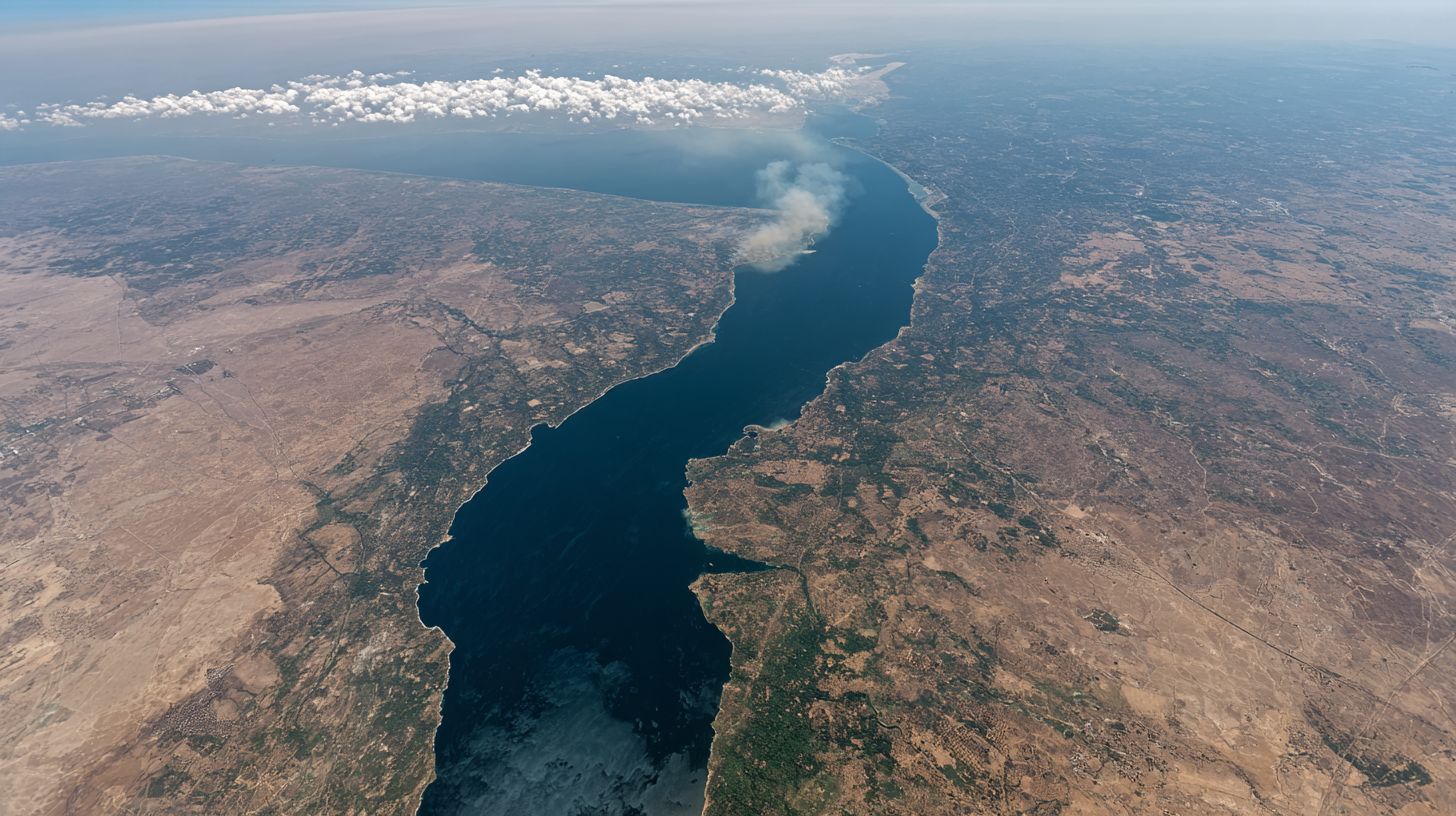
A dramatic geological transformation is underway in Africa, where the continent is gradually splitting in two—a process that will eventually lead to the formation of a new ocean. This tectonic shift is occurring along the East African Rift, a vast fault system stretching over 6,000 kilometres through countries such as Ethiopia, Kenya and Tanzania.
Driven by the divergence of the African and Somali tectonic plates, the land is pulling apart at a rate of nearly one centimetre per year. Though this may seem slow, the implications are monumental. Scientists estimate the process began over 25 million years ago and could take another 50 million years to complete. Yet, visible signs of this continental rift are already apparent. In 2005, a 60-kilometre-long fissure emerged in Ethiopia in just a few days, and in 2018, a 19-metre-wide crack appeared in Kenya following heavy rainfall.
As the Earth’s crust continues to thin and fracture, a deep depression will eventually allow seawater from the Red Sea and Indian Ocean to flood in, birthing a new ocean and turning the Horn of Africa into a vast island. Landlocked countries like Uganda and Zambia may one day find themselves with coastlines, dramatically altering their economic and geographic landscapes.
Even now, the region is experiencing the effects of this slow-motion upheaval. The shifting terrain generates deep valleys, towering mountains, and active volcanoes, presenting both challenges and opportunities. Infrastructure such as roads and power lines are vulnerable to sudden ground movements, requiring constant adaptation. However, the same geological forces enrich the soil, supporting agriculture, and create stunning natural vistas that draw tourists from around the globe.
Thanks to modern technology—including satellite imaging and ground-based sensors—scientists can monitor this tectonic activity with unprecedented precision. This allows for real-time observation of one of Earth’s rarest phenomena: the birth of a new ocean. Africa’s ongoing division offers a unique glimpse into the planet’s dynamic interior and the processes that continuously reshape its surface.

